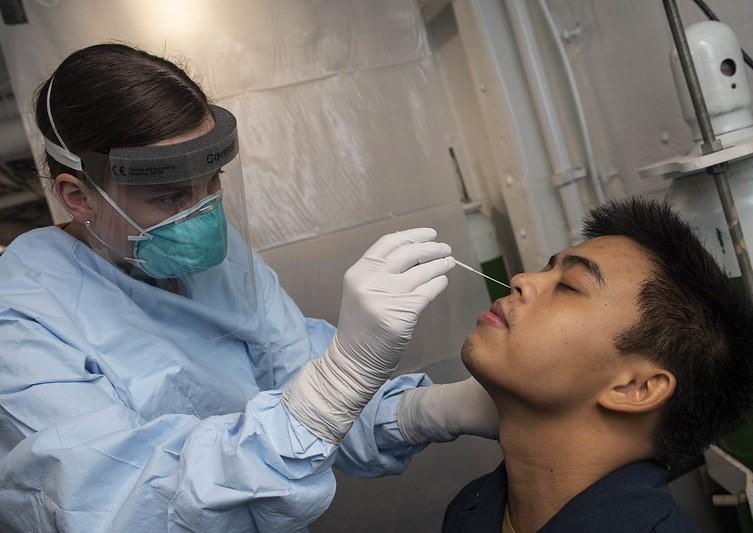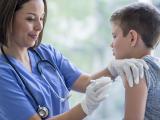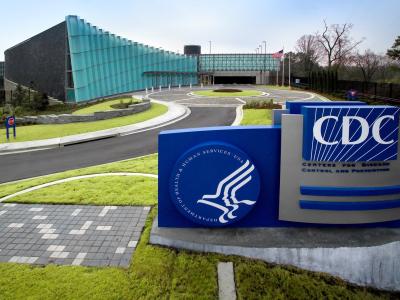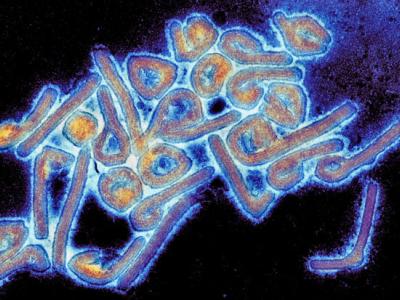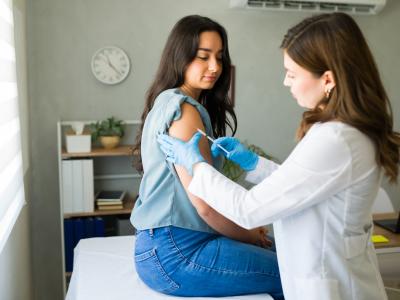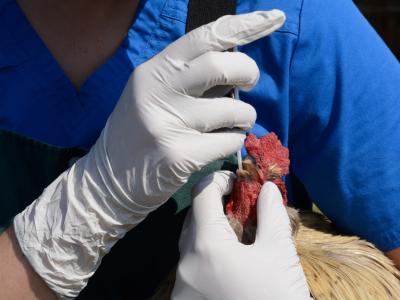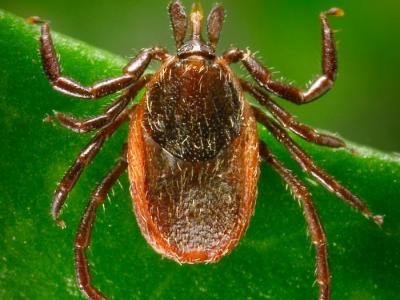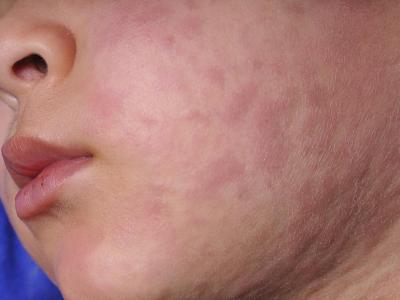An ongoing swab testing study that's been under way for the last 2 years to monitor COVID-19 spread in the United Kingdom revealed that, although cases are declining, they remain at a high level, with signs of a potential increase in older age-groups.
In US developments, lawmakers scrambled to find funding for COVID-19 activities amid a drop in cases.
Signs of rising levels in older Brits
The UK REACT study, done by a research team based at Imperial College London, has been tracking disease levels with swab tests.
Public health officials have urged countries to continue population monitoring for COVID-19 to assess who is getting infected and where the virus is spreading. Also, health officials closely watch patterns in Britain and other European countries, because their COVID-19 trends have been a harbinger of how outbreaks could unfold elsewhere, including in the United States.
For the latest study, the group analyzed the results of nearly 95,000 swab tests that were conducted across the country from Feb 8 to Mar 1.
Since the last report that covered roughly January, prevalence of COVID-19 dropped from 4.41% to 2.88%. The researchers noted, however, that, at 2.88%, prevalence is still high—at the second highest level since the study began in Mar 2020.
Their analysis of genetic sequences from 1,195 samples showed that all but 1 was the Omicron variant, and, as of Feb 21, they estimate that nearly half (47.2%) were the BA.2 subvariant, which is more transmissible than the parent Omicron virus. In their last report, released in late January, they found that only six sequences were BA.2.
Infection rates varied by age and region, and the team noted that levels were flat or possibly rising in people ages 55 and older. Also, the team saw high infection rates in London, followed by the southwest.
Jenny Harries, MD, chief executive of the UK's Health Security Agency said in a statement that the data confirm that cases have declined since the Omicron peak. "However, the increasing presence of the BA.2 sub-lineage of Omicron and the recent slight increase in infections in those over 55 shows that the pandemic is not over and that we can expect to see COVID-19 circulating at high levels."
Paul Elliott, MBBS, PhD, who directs the REACT program at Imperial College London, said the possibility that infections are rising in older adults indicates that a high number of infections will lead to more illnesses, even though the group is highly vaccinated. "So it's important that people continue to follow public health guidance to avoid fueling further spread of the virus."
Surges continue in Omicron hot spots
Hong Kong leaders appear to be stepping back from mass testing as part of handling its surge of cases, with more than 31,402 cases and 180 deaths reported today. Chief Executive Carrie Lam today said Hong Kong won't lift its ban on flights from nine countries and reopen the city until its surge is under control, according to Reuters.
China's rise in COVID-19 activity continues, with 402 more local symptomatic cases reported as well as 435 more local asymptomatic infections, according to the National Health Commission. The largest portion were from Jilin province, which had 165 of the symptomatic cases and 179 of the asymptomatic cases.
In Germany, cases topped 250,000 for the first time during the pandemic, according to Deutsche Welle, which said the coalition government has settled on new COVID measures to replace ones that expire on Mar 19. The new ones include basic steps such as masking on public transport and limiting regular testing to nursing homes and other vulnerable settings, though states can institute other measures if they experience future spikes.
New Zealand, which is experiencing its worst surge, is feeling COVID-19 pressure on doctor's offices and hospitals, according to Radio New Zealand, which said general practice clinic workload has increased 50% and patient loads at Auckland hospitals are already above their worst-case scenarios.
US House ditches $15 billion coronavirus package
The House of Representatives failed to include a $15 billion coronavirus pandemic package when it approved a $1.5 trillion spending bill yesterday, signaling a major setback for the Biden administration. House Speaker Nancy Pelosi said a separate COVID relief bill will be introduced, The Hill reports.
For weeks the administration has petitioned lawmakers to increase funding for pandemic-related relief packages, but the war in Ukraine and plummeting case counts have pushed the pandemic to the political back burner.
The 7-day average of new daily COVID-19 cases is 37,685, with 1,369 daily deaths, according to the New York Times tracker.
In related news, a new poll from the Kaiser Family Foundation (KFF) shows that 40% to 60% of Americans missed work during the Omicron surge, and 6 of 10 Americans who earn $40,000 or less a year reported missing work owing to the most recent surge of the virus.
Twenty percent of those polled said missing work had a significant impact on family finances.
As the nation enters the third year of the pandemic, many companies continue to change pandemic policies. United Airlines, one of the first major companies to announce vaccine mandates last summer, announced it will allow workers who haven't been vaccinated against COVID-19 for religious or medical reasons to return at the end of the month, the Wall Street Journal reports.
CIDRAP News Reporter Stephanie Soucheray contributed to this story.
